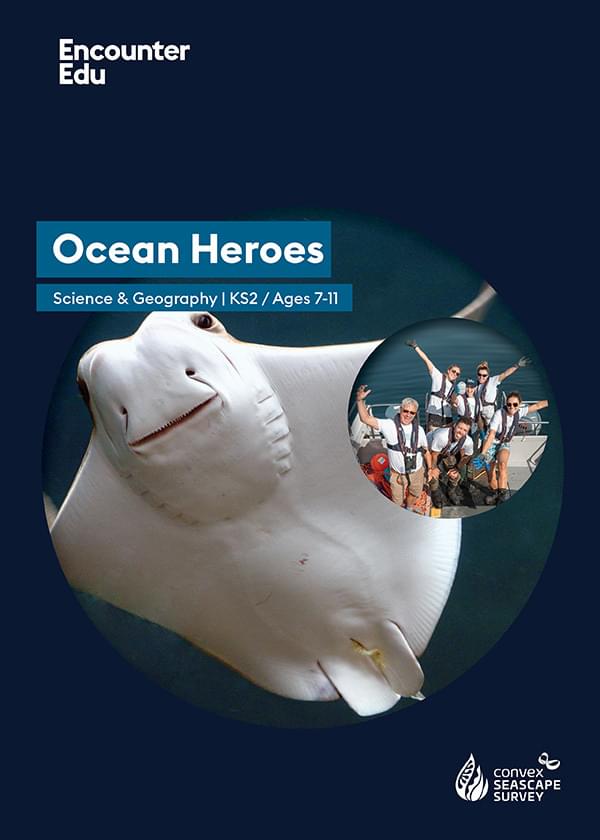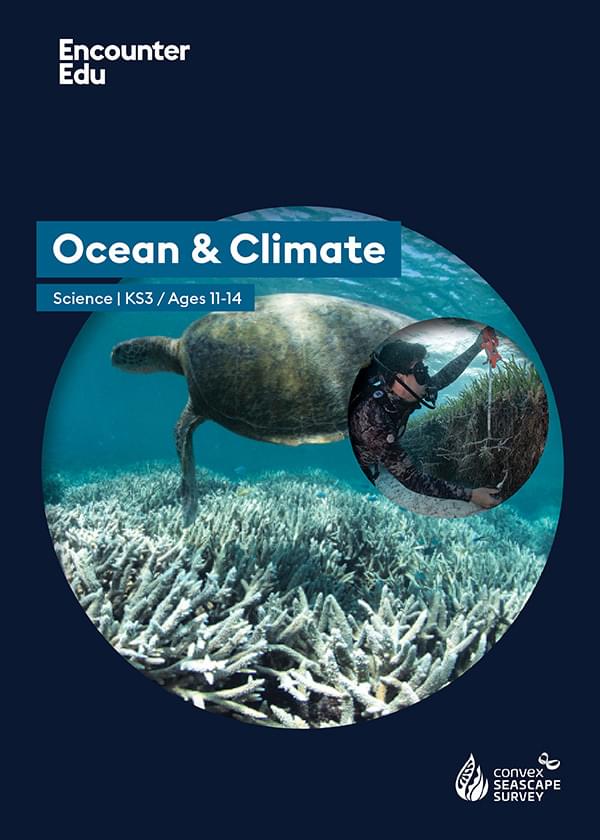All about seagrass
Part of:
Convex Seascape SurveySeagrass is a type of plant that grows underwater in shallow, coastal areas. It is not like the grass in your garden, it lives its whole life beneath the waves! Seagrass has long, green, ribbon-like leaves and small flowers.

Where is seagrass found?
Seagrass is found in shallow seas and estuaries (where rivers meet the sea) all around the world. In the UK, seagrass grows along the coasts, especially in sandy or muddy areas. Seagrass meadows can be huge, with the largest identified being the Bahama Banks, with an area up to 92,000 square kilometres, larger than the area of Portugal.
Why is seagrass important?
Seagrass meadows are like underwater cities. They provide a home for many sea creatures. Young fish, shellfish, and other marine animals use seagrass as a nursery, where they can grow up safely. Seagrass also helps to keep the water clean by filtering out pollution.
Seagrass and the environment
Seagrass is really good at storing carbon from the atmosphere then absorbed by the ocean. This helps to fight climate change. One square metre of seagrass can store almost twice as much carbon as a square metre of forest. Seagrass also helps to protect the coast from storms and waves.
Seagrass under threat
Sadly, seagrass meadows are disappearing around the world. Pollution, development of the coast, and damage from boats can all harm seagrass. In the last 100 years, we have lost about 29 per cent of the world’s seagrass. That is like losing an area of seagrass the size of Scotland!
 Courtesy Blue Marine Foundation
Courtesy Blue Marine Foundation
Restoring seagrass
Many people around the world are working hard to protect and restore seagrass meadows. Scientists, environmentalists, and even young people like you are all doing their part to help seagrass thrive.
In many places, people are trying to bring back seagrass that has been lost. They do this by collecting seagrass seeds, growing them in special nurseries, and then planting them back in the ocean. In the UK, Seagrass Ocean Rescue has planted over 1 million seagrass seeds and in the USA, a restoration project has helped seagrass beds recover and grow back to an area about the size of 5,000 football fields.

Science / Geography | Ages 7-11
Ocean Heroes
The Ocean Heroes unit for KS2 takes classes on a journey across different ocean habitats exploring the themes of climate change, nature, conservation, and what it takes to become an ocean hero. This unit is inspired by the work of the Convex Seascape Survey which is an international science project exploring how the ocean can be an ally in tackling climate change.
